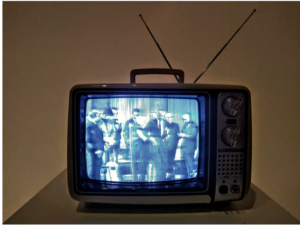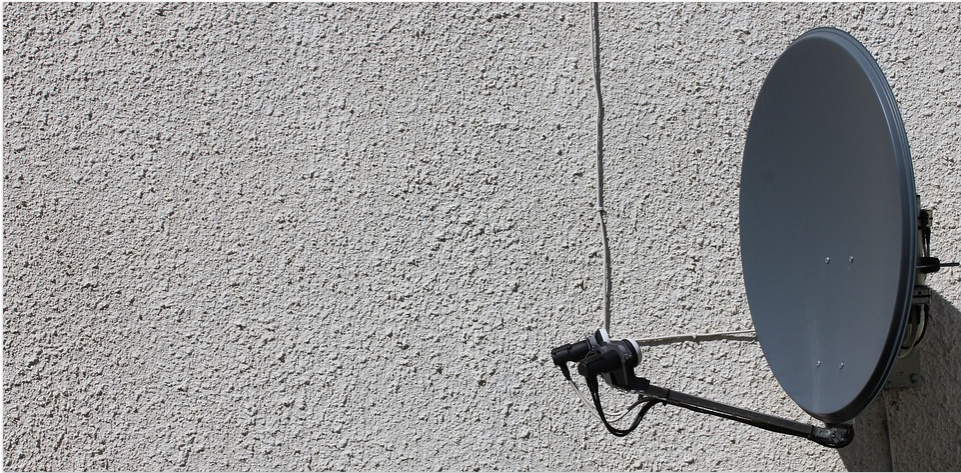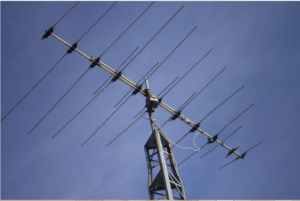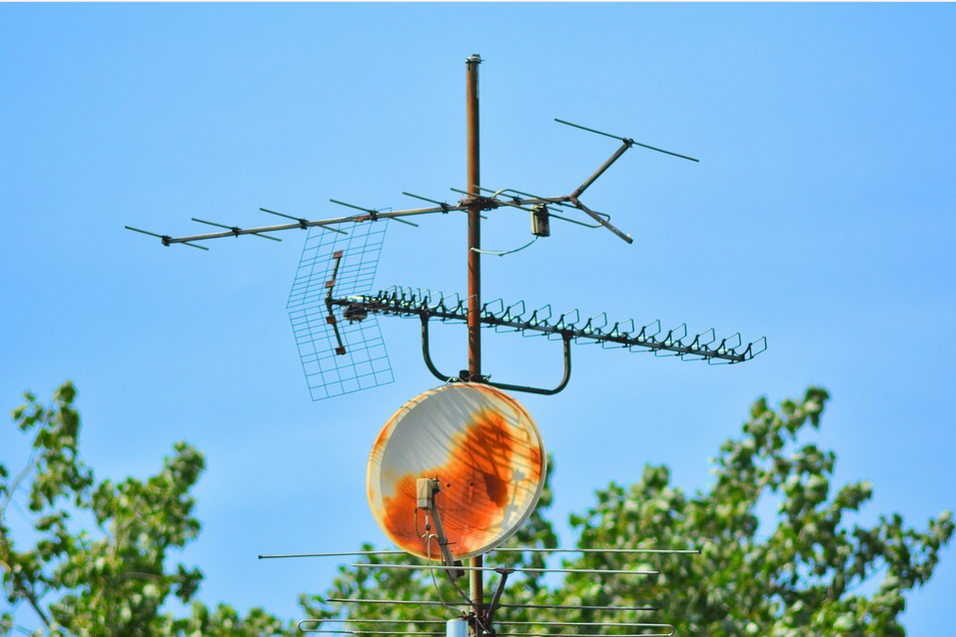It is one thing to own a TV set, but it is different altogether to receive the channels you want to watch. You need to install a TV antenna to receive the channels available in your area. Besides, you get to save on paying for Pay-TV stations because you can access so many of over the air free channels with an antenna.
With so many types of antennas in the market, choosing the best one can be difficult. If you want less hassle, you can select an omnidirectional outdoor TV antenna.
Here are some of the considerations when buying a TV antenna:
Whether Indoor or Outdoor
 You need to decide if you will buy an internal or an external antenna. Internal antennas have their challenges because they do not perform well. This is due to the blocking of signals by the buildings’ walls and signal interference by reflections resulting from the building’s objects.
You need to decide if you will buy an internal or an external antenna. Internal antennas have their challenges because they do not perform well. This is due to the blocking of signals by the buildings’ walls and signal interference by reflections resulting from the building’s objects.
Some things that increase signal interference are fluorescent lights, electrical gadgets, and other things. Conversely, external antennas perform better in picking signals but cost more to install. People in high signal areas can rely on indoor TV antennas, but those in poor signal areas need outdoor antennas.
Whether for Terrestrial or Satellite Broadcasts
 When buying an antenna, one of the initial decisions is whether the antenna is to be used for satellite (DBS) or terrestrial broadcasts. Satellite broadcasts normally require dish antennas or parabolic reflectors, which have to be accurately aligned to the antenna and get signals from the satellite at frequencies ranging between 10.95GHZ and 12.75GHZ.
When buying an antenna, one of the initial decisions is whether the antenna is to be used for satellite (DBS) or terrestrial broadcasts. Satellite broadcasts normally require dish antennas or parabolic reflectors, which have to be accurately aligned to the antenna and get signals from the satellite at frequencies ranging between 10.95GHZ and 12.75GHZ.
Various antennas are applicable for terrestrial transmission, which could be internal or external antenna in several forms. The terrestrial transmissions mostly operate on the UHF portion of the radio spectrum, but some are still running on the VHF spectrum portion in some countries. The vital thing is to have a specific satellite antenna for satellite transmissions and have a terrestrial antenna for terrestrial TV transmissions.
Antenna Type or Style
 Terrestrial TV transmission has many antenna styles that can match it, the common one being Yagi or Yagi-Uda. For satellite transmission, the parabolic reflector style of the antenna is used. Another design is the log periodic antenna used where the TV stations are widely spaced in frequency, requiring a wide bandwidth.
Terrestrial TV transmission has many antenna styles that can match it, the common one being Yagi or Yagi-Uda. For satellite transmission, the parabolic reflector style of the antenna is used. Another design is the log periodic antenna used where the TV stations are widely spaced in frequency, requiring a wide bandwidth.
The size and the gain should dictate the choice of the antenna style. Antenna styles that are physically too large may be complex to install and will be susceptible to damage by the wind; hence need more robust installation, which means more costs.


